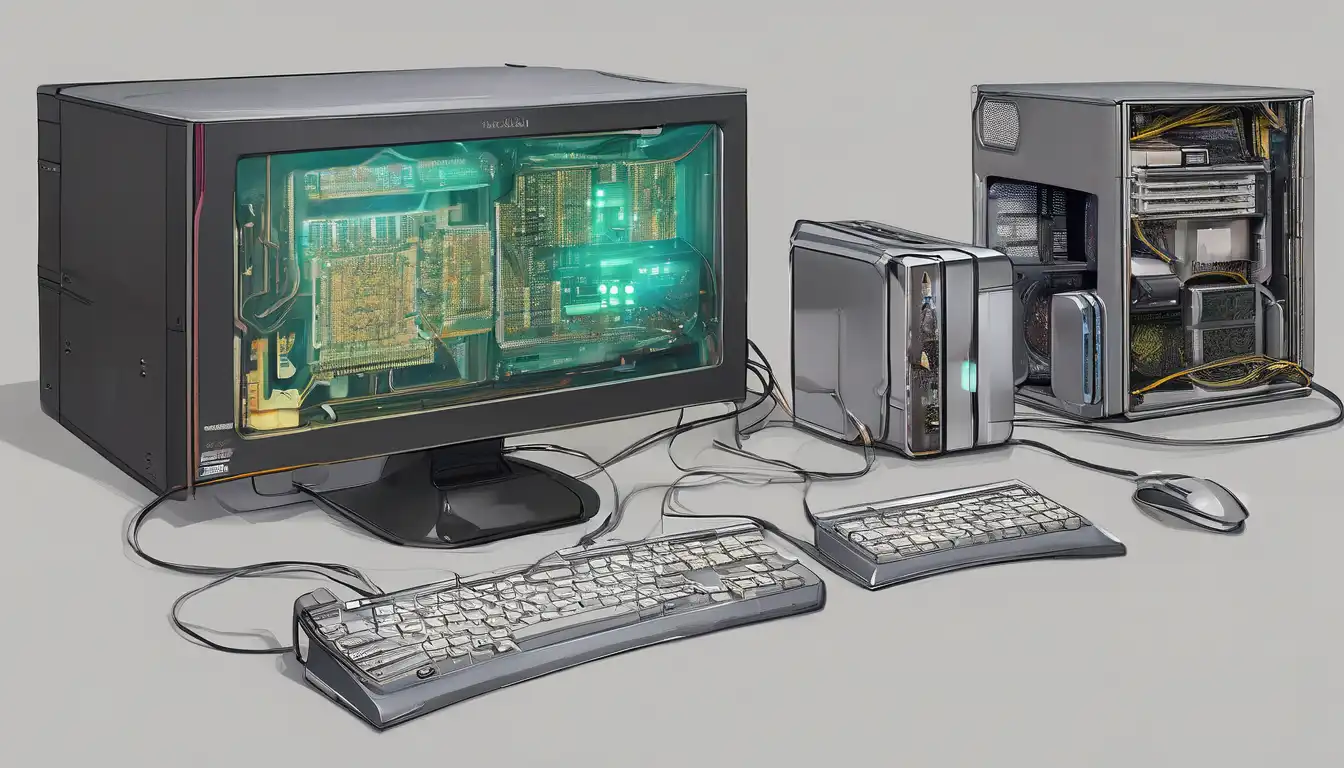Revolutionary Advances in Computer Hardware Technology
The landscape of computer hardware technology is undergoing unprecedented transformation, with innovations emerging at an accelerated pace. From quantum computing breakthroughs to AI-optimized processors, the latest developments are reshaping how we interact with technology. These advancements promise not only enhanced performance but also greater energy efficiency and revolutionary capabilities that were once confined to science fiction.
Next-Generation Processor Architecture
Processor technology has taken quantum leaps forward with the introduction of 3D stacking and chiplet designs. Modern CPUs now incorporate advanced architectures like ARM's Neoverse and Intel's Meteor Lake, which utilize heterogeneous computing to optimize performance across different workloads. These processors feature specialized cores for AI tasks, gaming, and productivity, delivering up to 40% better performance per watt compared to previous generations.
The integration of neural processing units (NPUs) directly into consumer processors represents a significant milestone. These dedicated AI accelerators handle machine learning tasks more efficiently than traditional CPU cores, enabling real-time image enhancement, voice recognition, and predictive text input without draining battery life. This innovation is particularly crucial for mobile devices and laptops where power efficiency is paramount.
Memory Technology Evolution
Memory technology has seen remarkable improvements with DDR5 becoming mainstream and DDR6 already in development. Current DDR5 modules offer speeds up to 8400 MT/s, doubling the bandwidth of previous generations while operating at lower voltages. The adoption of LPDDR5X in mobile devices provides similar performance gains with even greater power efficiency, extending battery life while maintaining high-speed data access.
Storage solutions have evolved dramatically with PCIe 5.0 SSDs delivering read speeds exceeding 14,000 MB/s. The latest NVMe 2.0 specification introduces zoned namespaces and enhanced security features, making solid-state drives more reliable and efficient for both consumer and enterprise applications. These advancements significantly reduce load times and improve overall system responsiveness.
Graphics Processing Breakthroughs
GPU technology continues to push boundaries with real-time ray tracing becoming standard across all price points. The latest graphics cards feature dedicated AI upscaling technology like DLSS 3.0 and FSR 3.0, which use machine learning to generate high-quality images while reducing computational load. This innovation enables smoother gaming experiences at higher resolutions without requiring more powerful hardware.
Professional-grade GPUs now incorporate specialized tensor cores for AI workloads and RT cores for accelerated ray tracing calculations. These developments are crucial for content creation, scientific research, and data analysis applications where graphical processing power directly impacts productivity and results quality.
Quantum Computing Progress
While still in its early stages, quantum computing hardware has made significant strides. Current quantum processors feature increased qubit counts with improved coherence times, enabling more complex calculations. Major tech companies have developed quantum computers with over 1000 qubits, bringing practical quantum applications closer to reality. These systems utilize advanced cooling technologies and error correction methods to maintain quantum states longer.
The development of hybrid quantum-classical systems allows researchers to leverage quantum advantages while maintaining compatibility with traditional computing infrastructure. This approach enables gradual integration of quantum capabilities into existing workflows, making the technology more accessible to various industries.
Cooling and Power Management Innovations
Advanced cooling solutions have become essential as hardware components generate more heat. Liquid cooling systems now feature smart pumps and RGB lighting while maintaining compact form factors. Phase-change cooling and vapor chamber technology provide efficient heat dissipation for high-performance components, enabling sustained peak performance without thermal throttling.
Power delivery systems have evolved with digital VRMs offering precise voltage regulation and real-time monitoring. These improvements ensure stable operation under heavy loads while optimizing energy consumption. The integration of smart power management features allows systems to dynamically adjust power allocation based on workload requirements.
Connectivity and Peripheral Advances
The latest hardware innovations extend to connectivity standards with WiFi 7 offering speeds up to 46 Gbps and reduced latency. Thunderbolt 5 provides 120 Gbps bandwidth for external devices, enabling high-resolution displays and fast storage solutions. These connectivity improvements facilitate seamless integration of multiple peripherals and external components.
Peripheral technology has advanced with optical-mechanical keyboards offering faster response times and longer lifespan. High-resolution gaming mice now feature sub-micron precision sensors and customizable weight systems. These developments enhance user experience across gaming, productivity, and creative applications.
Future Outlook and Industry Impact
The continuous innovation in computer hardware technology promises to revolutionize how we approach computing tasks. As components become more specialized and efficient, we can expect further integration of AI capabilities directly into hardware. The development of neuromorphic computing chips, which mimic the human brain's neural structure, represents the next frontier in processing technology.
These hardware advancements will enable new applications in artificial intelligence, virtual reality, and scientific research. The increasing focus on energy efficiency aligns with global sustainability goals while maintaining performance improvements. As technology continues to evolve, the boundary between hardware and software will blur, creating more intelligent and adaptive computing systems.
The rapid pace of innovation ensures that computer hardware will continue to be a driving force behind technological progress. From enabling complex scientific simulations to powering everyday applications, these advancements demonstrate the ongoing commitment to pushing computational boundaries while making technology more accessible and efficient for users worldwide.
